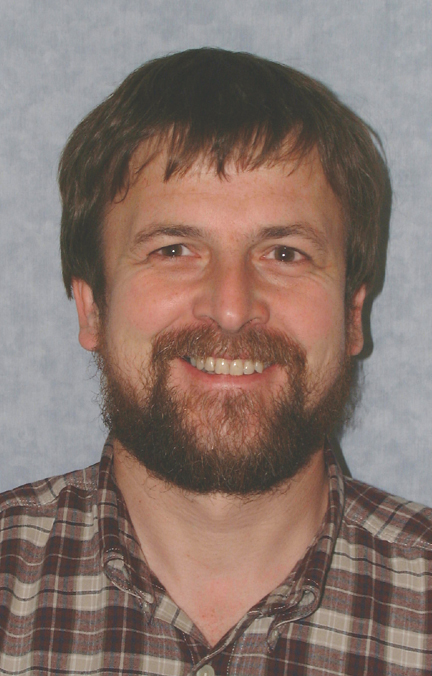
PHYSICS 170
Investigations in Physics
Fall Semester 2001

 Messages from your instructor
Messages from your instructor

General Information:
Laboratory: Room 115 Physics and Astronomy Building
6 hours per week
Physics 170 is a recently-developed course in EXPERIMENTAL PHYSICS for
first year students. The main aim of the course is to have you learn something
about REAL physics as done in a research laboratory. There will be no formal
lectures (or exams) so that all of your learning will be done by: (1) Reading,
(2) having discussions with your lab partner and the instructors, (3) performing
"hands-on" experiments.
In this course we will emphasize several aspects of experimental physics:
- How to conceive, set-up, and perform experiments in a few selected areas
of physics.
- How to use the computer to:
A. Acquire, graph and analyze your data.
B. Simulate your experiment.
- How to keep a neat and meaningful laboratory notebook.
- How to present your results in both written and oral format.

Since there will be no examinations, your grades will be determined
by:
-
How you perform in the laboratory - in particular how your experimental
techniques and thought processes develop as the semester progresses.
-
The quality of your lab notebook and how it develops as the semester progresses.
To evaluate your progress, we will collect your notebooks both at times
that are announced in advance and at other times with NO prior warning.
-
During Finals Week, each of you will have a private 20 minute discussion
with the instructors in the laboratory. We'll be interested in determining
what you've learned.
At least twice during the term, you will be given a numerical evaluation
of how you are doing.

The experiments involve two areas of physics:
1. VACUUM PHYSICS:
-
How to produce a vacuum and what interesting physics you can do with it.
-
"The lack of a perfect vacuum has structure." Learn what this peculiar
statement means.
2. OPTICS:
- How light rays are bent and optical images are formed from a single lens
to a reflecting telescope. These studies will include computer simulations,
actual experiments and the realiziation and test of a multi-component optical
instrument.
- Optical spectra. Over what range of wavelengths do various light sources
emit light? (lamps, lasers, the sun, etc.)

A LIST OF LABORATORY "LAWS"
 Murphy's Law:
Murphy's Law:
-
If anything can go wrong, it will.
 Flaoles Law of the Perversity of Inanimate Objects:
Flaoles Law of the Perversity of Inanimate Objects:
-
An inanimate object, regardless of its composition or configuration, may
be expected to perform at anytime in a totally unexpected manner for reasons
that are either entirely obscure or else completely mysterious.
 Allen's Axiom:
Allen's Axiom:
-
When all else fails, read the directions.
 Futility Factor:
Futility Factor:
-
No experiment is ever a complete failure; it can always serve as a bad
example.

How to contact your instructor:

Professor Georg Bollen
Office: Room W103, Cyclotron Laboratory NSCL
Telephone: 333-6435
e-mail: bollen@nscl.msu.edu

Back to the Courses
Homepage.

Last modification on 8-11-01 by Darlene
Salman.
MSU is an affirmative action/equal opportunity institution.







 Murphy's Law:
Murphy's Law:
 Flaoles Law of the Perversity of Inanimate Objects:
Flaoles Law of the Perversity of Inanimate Objects:
 Allen's Axiom:
Allen's Axiom:
 Futility Factor:
Futility Factor:



